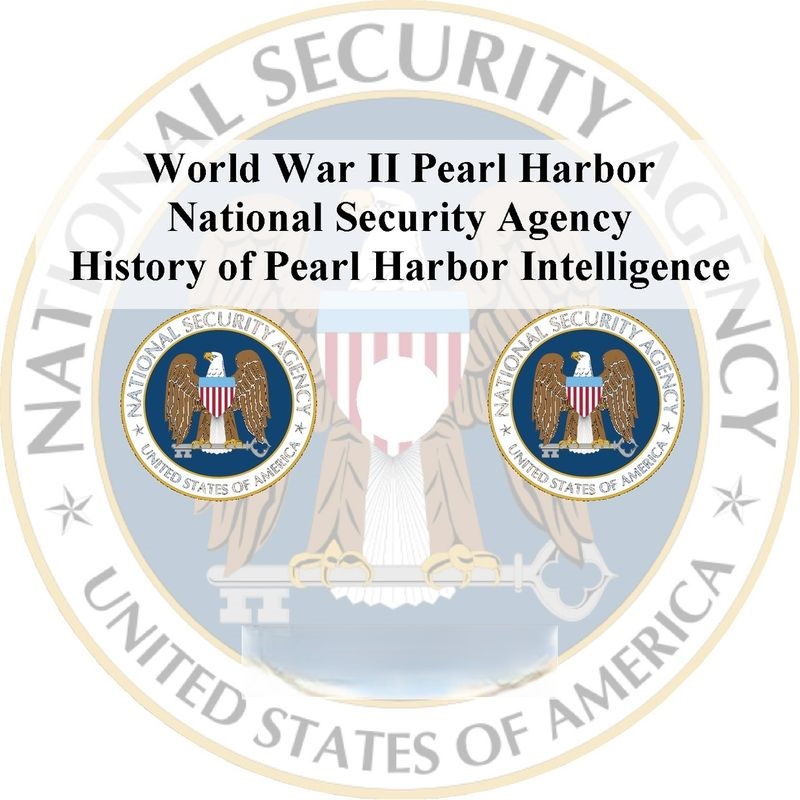
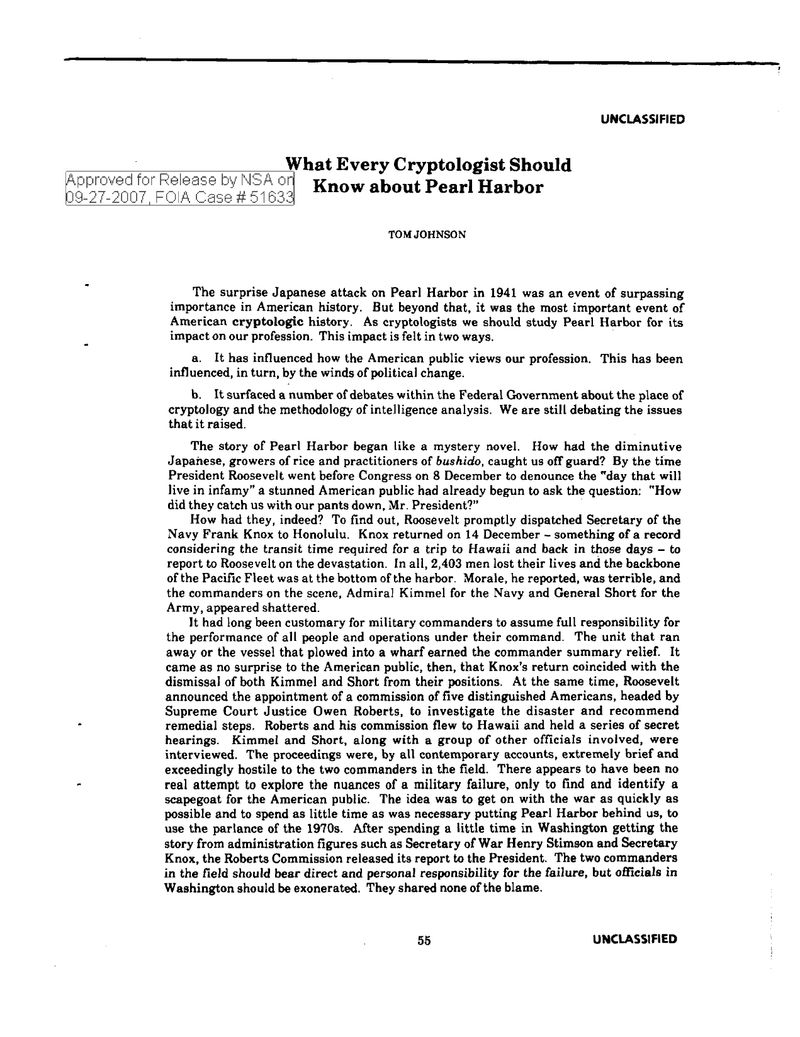
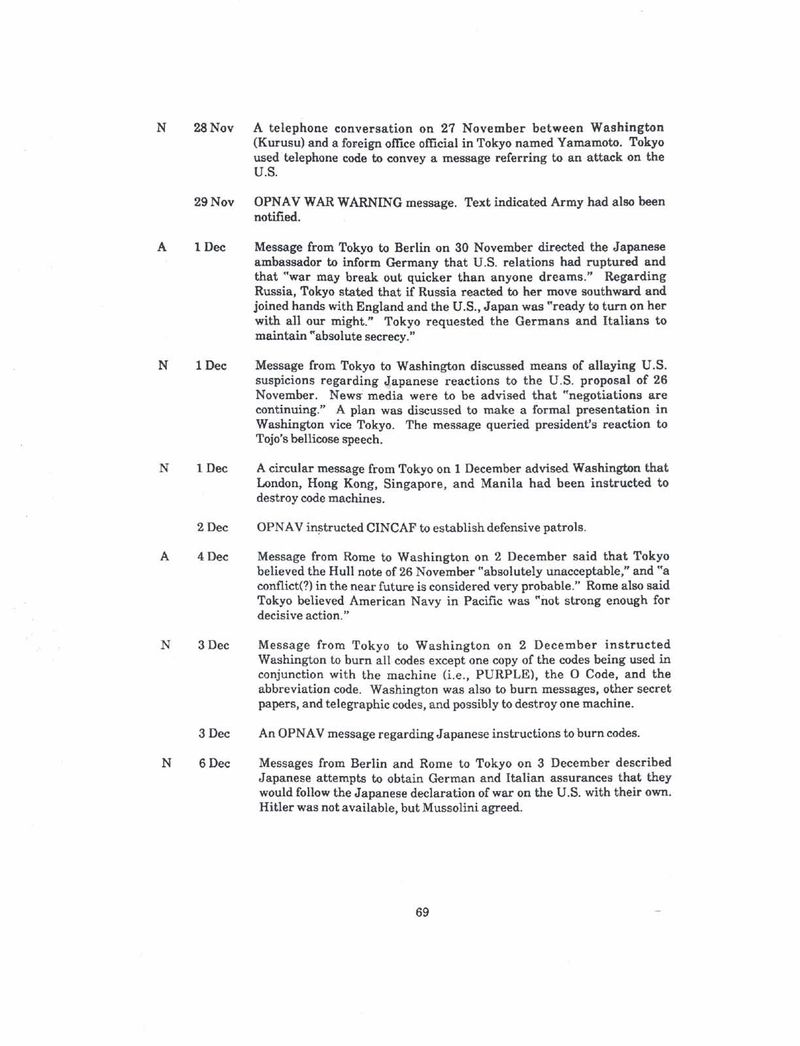
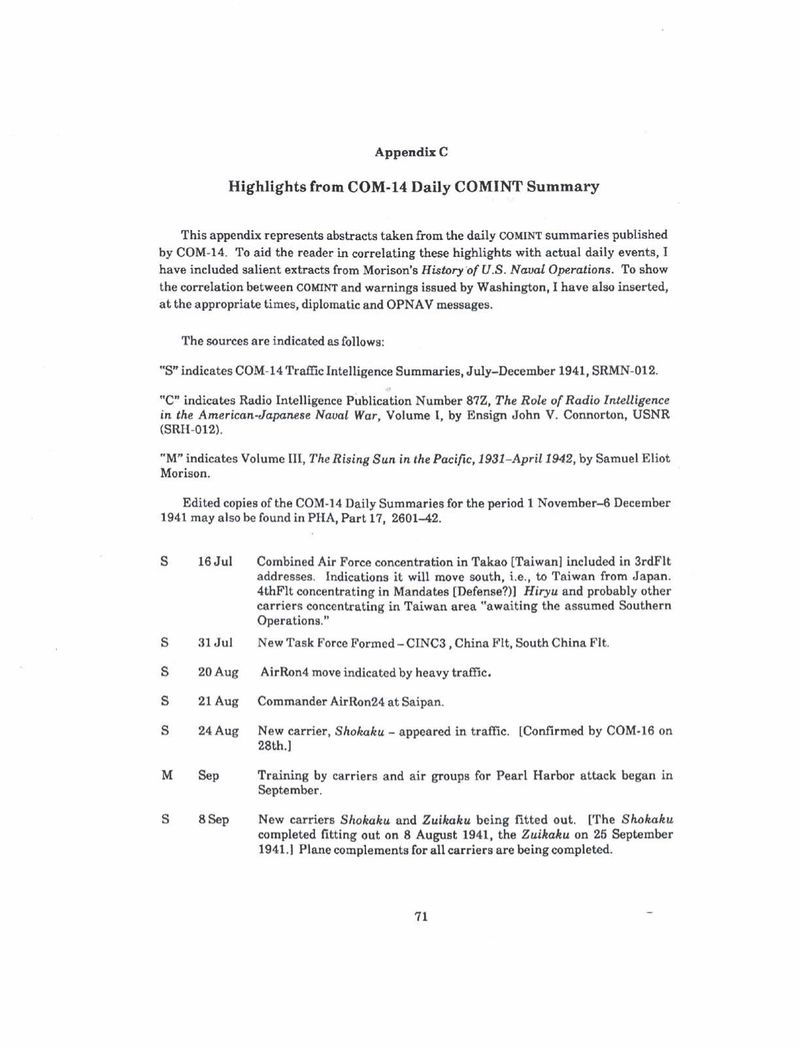
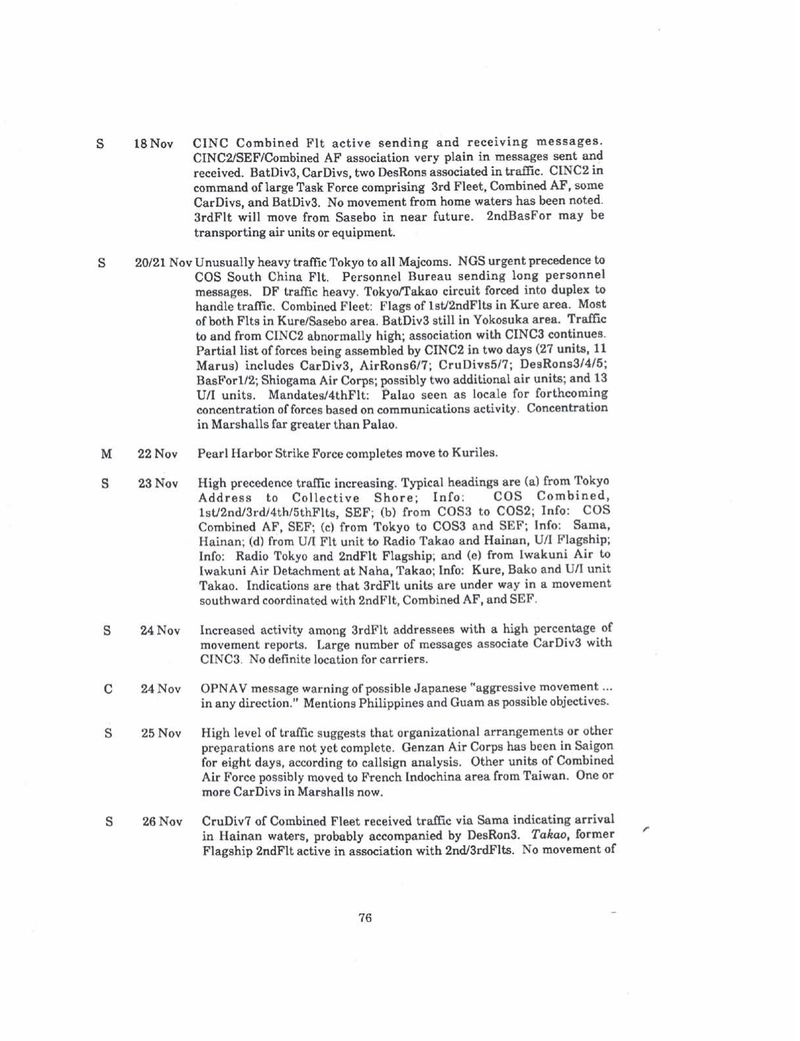
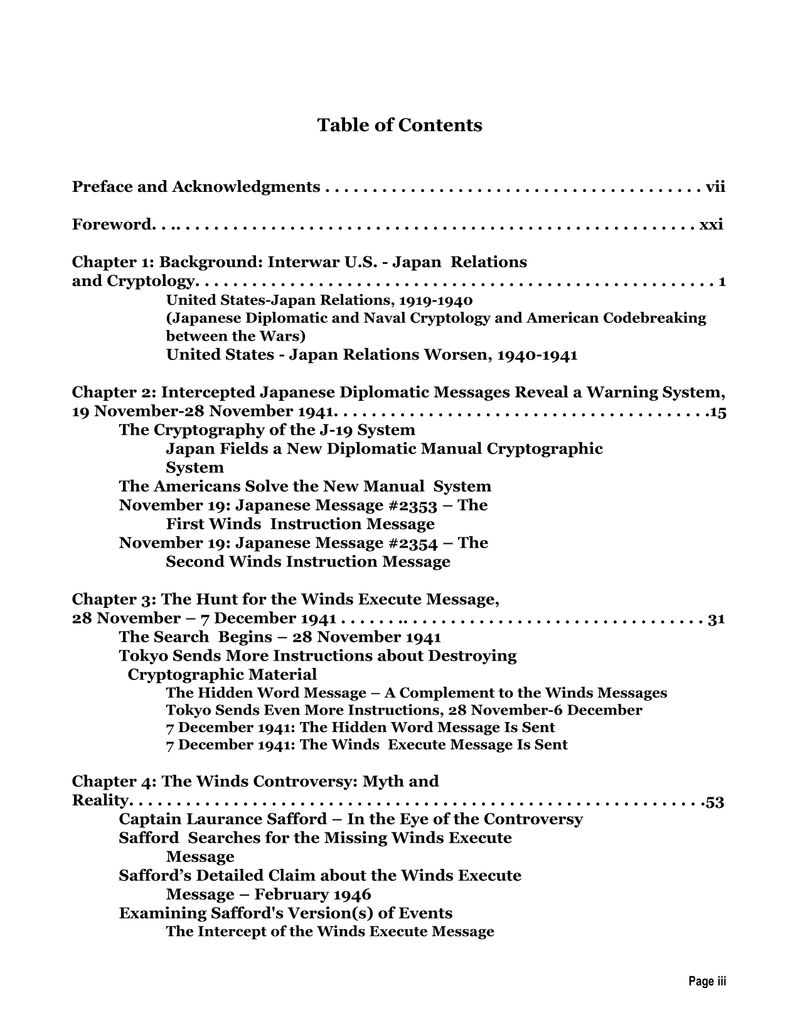
World War II: Pearl Harbor – NSA, CIA, and Military Records
$19.50
Description
Pearl Harbor: Intelligence Failure and the Road to War
Timeline of Main Events (Based on Source Excerpts):
- 1924-1941: The U.S. Navy’s communications intelligence (COMINT) effort experiences significant challenges, including shortages in funding, manpower, and equipment. They also lack a secure communication system, and there is minimal support from higher command authorities. Focus shifts from Japanese naval messages to Japanese diplomatic traffic.
- Lead-up to December 7, 1941: Volume of Japanese signals traffic increases. Debate and controversy arises about the existence and interpretation of the “Winds Message” – a purported Japanese code phrase to indicate an imminent attack on America. This is complicated by difficulties in signals interception and decoding.
- December 7, 1941: The Japanese attack Pearl Harbor, causing significant damage and loss of life.
- Headquarters Hawaiian Intercept Command issues a report on enemy activity over Oahu.
- USS Enterprise submits an after-action report of the day.
- Reports are generated on the attacks at Hickam Field and Bellows Field in Hawaii.
- December 8, 1941 – June 8, 1942: A military observer, confined with the American Embassy in Tokyo, gathers information on Japanese land operations from Japanese sources during the first six months of the war.
- December 7, 1945: Hickam Field newsletter marks the 4th anniversary of the Pearl Harbor attack.
- 1946: The CIA releases a report assessing the role of intelligence, its achievements and shortcomings, in the events leading up to the Pearl Harbor attack.
- 1993: The CIA reviews a book about Pearl Harbor, calling it the most objective examination of the intelligence failure to date.
- 2005: LTC Jeffrey Gudmens publishes a handbook on Pearl Harbor using a “Staff Ride” methodology. The goal is to analyze the battle and apply its lessons to current military conflicts as well as consider the problems of joint operations, and homeland security in an open and free society.
Cast of Characters (Principal People Mentioned):
- Franklin Delano Roosevelt: (President of the United States)
- The source materials mention some questioning whether Roosevelt had prior knowledge of the Pearl Harbor attack and whether he suppressed that information to push the U.S. into war with the Axis powers.
- Robert Hanyok:Author from the NSA’s Center for Cryptologic History. He co-authored “West Wind Clear: Cryptology and the Winds Message Controversy A Documentary History.”
- David Mowry:Author from the NSA’s Center for Cryptologic History. Co-authored “West Wind Clear: Cryptology and the Winds Message Controversy A Documentary History.”
- LTC Jeffrey Gudmens:Author of the “Staff Ride Handbook for the Attack on Pearl Harbor, 7 December 1941: A Study of Defending America”. He created a study guide that allows individuals and organizations to examine the Japanese attack and apply the lessons learned to current global issues.
- Unidentified U.S. Navy Cryptanalysts:The source refers to U.S. Navy cryptanalysts and implies they were ordered to concentrate on diplomatic rather than military communications. If they had focused on Japanese naval messages, the source states the U.S. might have been better prepared for the attack on Pearl Harbor.
- Unidentified Military Observer in Tokyo:The source refers to a military observer confined to the American Embassy in Tokyo from Dec 7 1941 to June 17, 1942. He gathered information on Japanese land operations from Japanese sources during the first six months of the war, and created a report of his findings during his captivity.
Key Themes Emerging from the Sources:
- Intelligence Failure: A major theme is the failure of U.S. intelligence to anticipate and effectively respond to the attack on Pearl Harbor.
- COMINT Shortcomings: The U.S. Navy’s communications intelligence efforts were severely hampered by various deficiencies, leading to a misdirection of focus and inability to accurately assess the Japanese threat.
- “Winds Message” Controversy: The existence and interpretation of the “Winds Message” remains a significant point of contention and debate, with some suggesting it was evidence of foreknowledge of the attack.
- Need for Better Planning and Coordination: The source materials highlight the lack of effective joint planning and operational coordination between the different branches of the U.S. military which hampered the defense of Pearl Harbor.
- Homeland Security in an Open Society: The Staff Ride Handbook discusses the homeland security problems of foreign intelligence operating in the U.S., even potentially by citizens of the U.S., and the issues involved in protecting our national security within the context of our democratic ideals.
- Post-Attack Analysis: The source materials reveal the post attack efforts of the U.S. to analyze the events and their causes, including lessons learned, and intelligence shortcomings.
World War II: Pearl Harbor: Documents from the National Security Agency, CIA, and Military
A collection of 953 pages containing documents from the National Security Agency, CIA, and military pertaining to the Pearl Harbor attack.
History of Pearl Harbor Intelligence by the National Security Agency
There are 664 pages of NSA reports related to the Pearl Harbor incident.
The histories cover:
West Wind Clear: A Documentary History on Cryptology and the Winds Message Controversy
Some individuals have raised doubts about whether the U.S. government and President Franklin Delano Roosevelt were aware of Japan’s impending attack on Pearl Harbor and if this information was subsequently hidden to either mask incompetence or as a means for the President to provoke America into war against the Axis Powers.
A crucial point raised by critics regarding the accepted narrative of the attack and Roosevelt’s involvement is the so-called “Winds Message,” which was Japan’s coded notification to its diplomats that an assault on America was forthcoming. In West Wind Clear: Cryptology and the Winds Message Controversy – a Documentary History, the National Security Agency’s Center for Cryptologic History examines the intricate background of this message, its dispatch, and the reasons why its existence or lack thereof has intrigued scholars, amateur historians, and conspiracy theorists since the 1940s.
This report contains vital documents, some previously unpublished, that address the extensive Japanese communication traffic leading up to the Pearl Harbor attack, along with details regarding the timing of signal interception and decoding. This compilation of documents, along with the author’s insightful explanations, immerses the reader in the events occurring behind the scenes and aids researchers in closely examining these developments. Authors Robert Hanyok and David Mowry from the NSA’s Center for Cryptologic History have greatly enhanced our understanding of two controversies surrounding the event: the Winds Message and the state of U.S. communications intelligence before the attack on Hawaii.
Pearl Harbor Revisited: United States Navy Communications Intelligence, 1924-1941
This work recounts the history of the U.S. Navy’s communications intelligence (COMINT) efforts from 1924 to 1941. It highlights the organization’s struggles from the beginning due to limited funding, personnel, and equipment, a lack of a secure communication system, minimal support from higher authorities, and significant disparities in collection and processing abilities. The author argues that by 1941, these issues, along with the pressures of the time, led to a shift in focus from monitoring Japanese naval communications to analyzing Japanese diplomatic messages. The author suggests that if Navy cryptanalysts had been directed to prioritize Japanese naval communications instead of diplomatic exchanges, the U.S. would have gained a clearer insight into Japan’s military preparations and might have prevented the Pearl Harbor disaster.
A History of U.S. Communications Intelligence during World War II: Policy and Administration
The aim of this study is to serve as an accurate and trustworthy resource regarding U.S. communications intelligence (COMINT) during World War II. This monograph examines high-level policy, management, and organizational aspects, illustrating how communications intelligence was overseen by each military branch and how these branches interacted with one another and their British allies.
Additionally, it features an article from the NSA’s publication Cryptologic Quarterly titled “What Every Cryptologist Should Know about Pearl Harbor.” The collection includes 249 pages of various reports and documents related to Pearl Harbor. Among these are: the Headquarters Hawaiian Intercept Command report detailing enemy activity over Oahu on December 7, 1941; the U.S.S. Enterprise action report from that date; a summary report for Hickam Field; a report on the assault at Bellows Field, Hawaii; and the December 7, 1945 edition of the Hickam Field newsletter commemorating the fourth anniversary of the Pearl Harbor attack.
Additionally, there is a Military Intelligence Service report titled “Japanese Land Operations (from Japanese sources) 8 Dec. 41 to 8 Jun. 42.” This document, composed by a military observer during his stay at the American Embassy in Tokyo from December 7, 1941, to June 17, 1942, details Japanese land operations throughout the initial six months of the war. The information was exclusively sourced from Japanese materials, including official bulletins, news articles, speeches, radio commentary, magazine features, and personal accounts from frontline officers and soldiers.
Another document is the “Staff Ride Handbook for the Attack on Pearl Harbor, 7 December 1941: A Study of Defending America.” A Staff Ride involves a thorough examination of a battlefield site. It is an academic military exercise that combines studying a battle with visiting the actual site to understand how geography, weather, and other physical factors affected the events, while also drawing inspiration from the location itself. LTC Jeffrey Gudmens’ 2005 guide on Pearl Harbor enables both individuals and organizations to explore this conflict not only through the lens of the Japanese assault but also in relation to contemporary issues tied to the ongoing global war on terror. Besides evaluating the actual strike, Gudmens allows readers to investigate the challenges involved in coordinating joint planning and operations among the US Army, Army Air Forces, and the US Navy. He offers perspectives on the complications present in a Homeland Security context where intelligence agents from foreign nations (and possibly recent immigrants from those nations who are now US citizens) can operate with minimal restrictions within a free and open democratic society.
CIA Files
The collection includes 40 pages of CIA documents concerning the Pearl Harbor incident, which features a 1946 report assessing the role, successes, and failures of intelligence related to the Pearl Harbor attack. It also contains a contemporary CIA journal piece titled “Pearl Harbor: Estimating Then and Now,” along with a 1993 review by the CIA of a book focused on Pearl Harbor, which the reviewer described as “the most objective examination of the intelligence failure that culminated at Pearl Harbor yet published.”
Related products
-
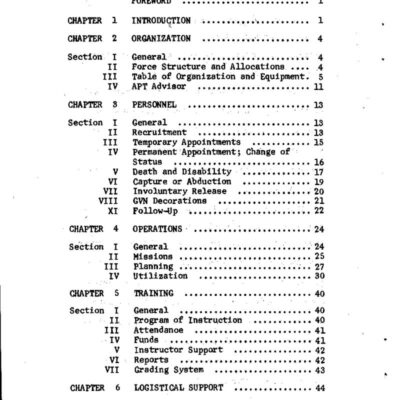
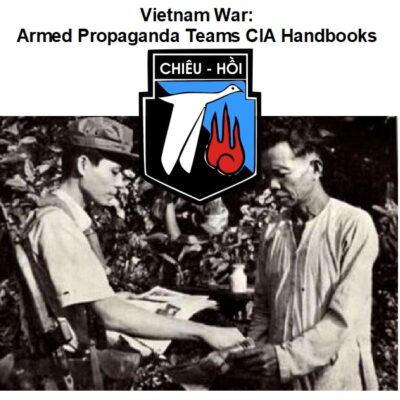
Vietnam War: Armed Propaganda Teams CIA Handbooks
$1.99 Add to Cart -
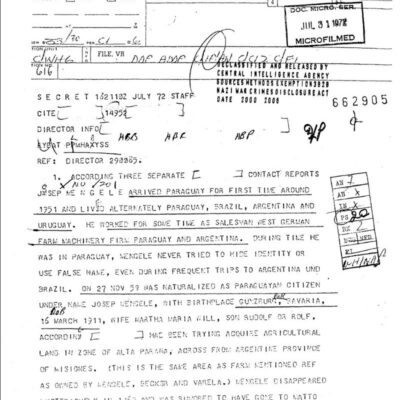
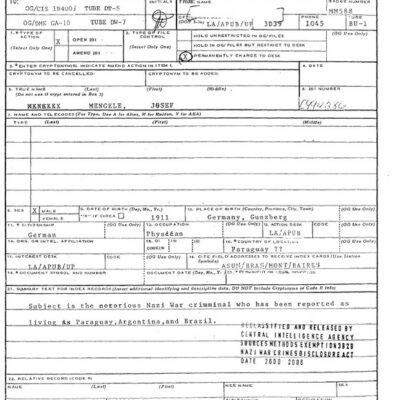
Josef Mengele CIA Files
$19.50 Add to Cart -
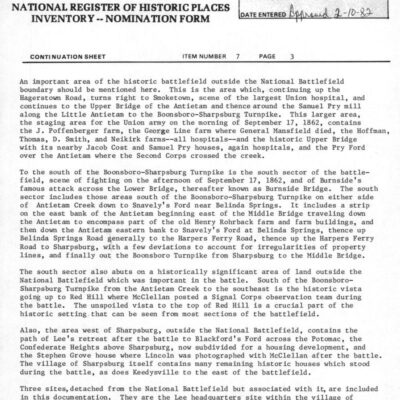
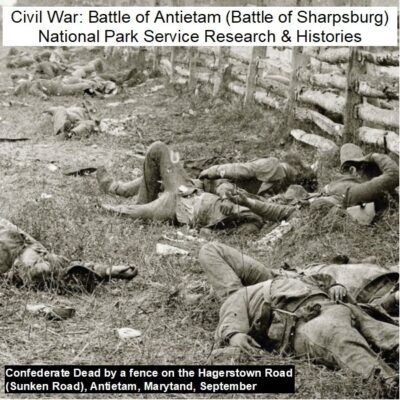
Civil War: Battle of Antietam (Sharpsburg) – National Park Service Archives
$9.99 Add to Cart -
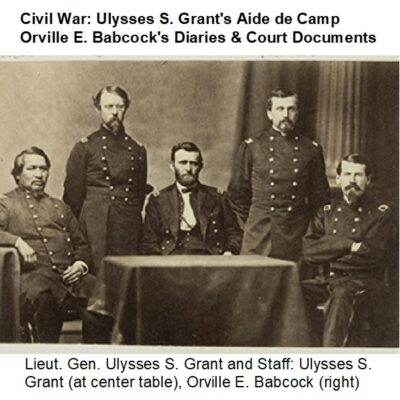
Civil War Ulysses S. Grant’s Aide de Camp Orville E. Babcock’s Diaries & Court Documents
$3.94 Add to Cart